New Era Reserves: Why Uzbekistan’s Central Bank Is Changing the Game
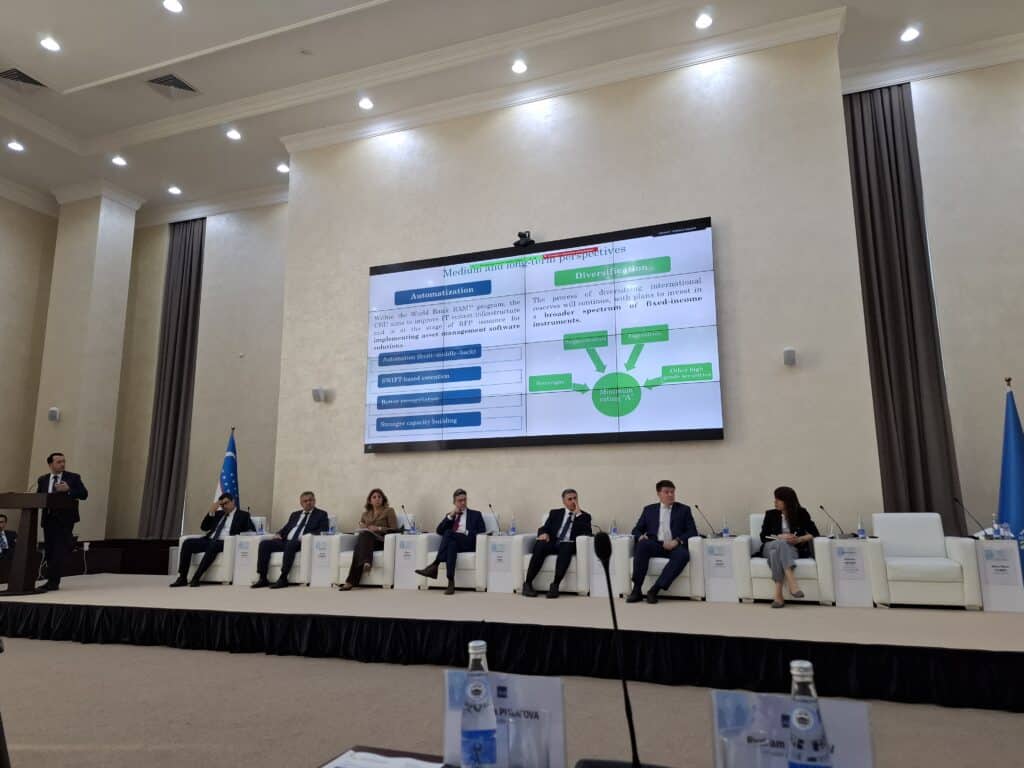
As of November 1, 2025, Uzbekistan’s international reserves have reached nearly $60 bn, with over 80% comprised of gold. The Central Bank has started to diversify its assets, having invested approximately $1 bn in U.S. Treasury bills. These figures were shared by Abror Mirzo Olimov, the Deputy Chairman of the Board of the Central Bank, during the international roundtable titled «The Role of a Floating Exchange Rate in an Inflation-Targeting Regime», which took place in Tashkent on November 27, 2025.
The purpose of reserves and basic management guidelines
At the beginning of his speech, Abror Mirzo Olimov addressed the philosophy of reserve management.
«There are three key functions of international reserves (according to the IMF guidelines). First, they support and strengthen monetary and foreign exchange policy. Second, they help mitigate external vulnerabilities and prepare for external shocks. And third, they give markets confidence that the country is capable of meeting its external obligations today and in the future,» he noted.
Uzbekistan, he said, builds its reserve management on three principles:
«For us, the priority is, above all, security, then liquidity, and only then profitability. Because we manage a large number of assets that must generate income. But this principle of profitability should only be observed when the principles of safety and liquidity are met,» the Deputy Chairman of the Central Bank emphasised.
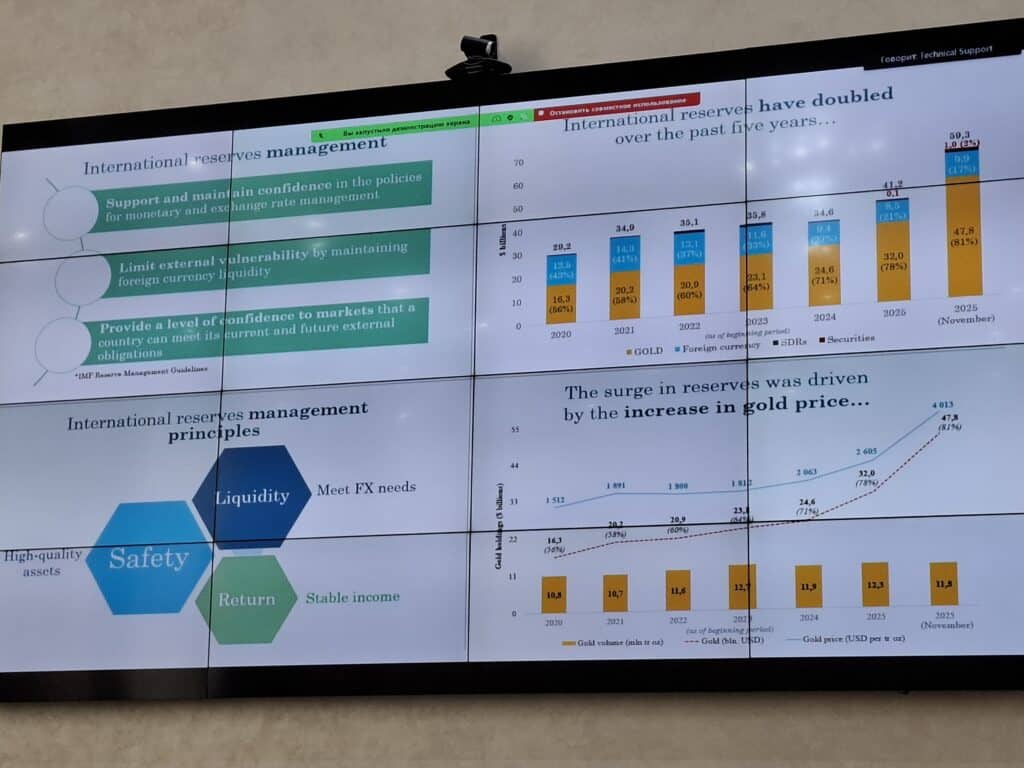
The reserves have nearly doubled over the past five years
According to the Central Bank, Uzbekistan’s international reserves increased from $29 bn in 2020 to almost $60 bn as of November 1, 2025.
The key reason for this growth is not the accumulation of foreign currency, but rather a significant rise in the price of gold.
«Our physical gold holdings have remained relatively unchanged at about 12 mln troy ounces. But the price of gold has soared from around $1,500 in 2020 to over $4,000 today,» the official explained.
As a result:
- the value of the gold stock reached around $48 bn
- the share of gold in reserves rose to 81%
- the foreign currency component decreased to 17%
Gold’s share in reserves:
2020 – 56%
2022 – 60%
2023 – 64%
2024 – 71%
2025 – 78%
2025 (November) – 81%
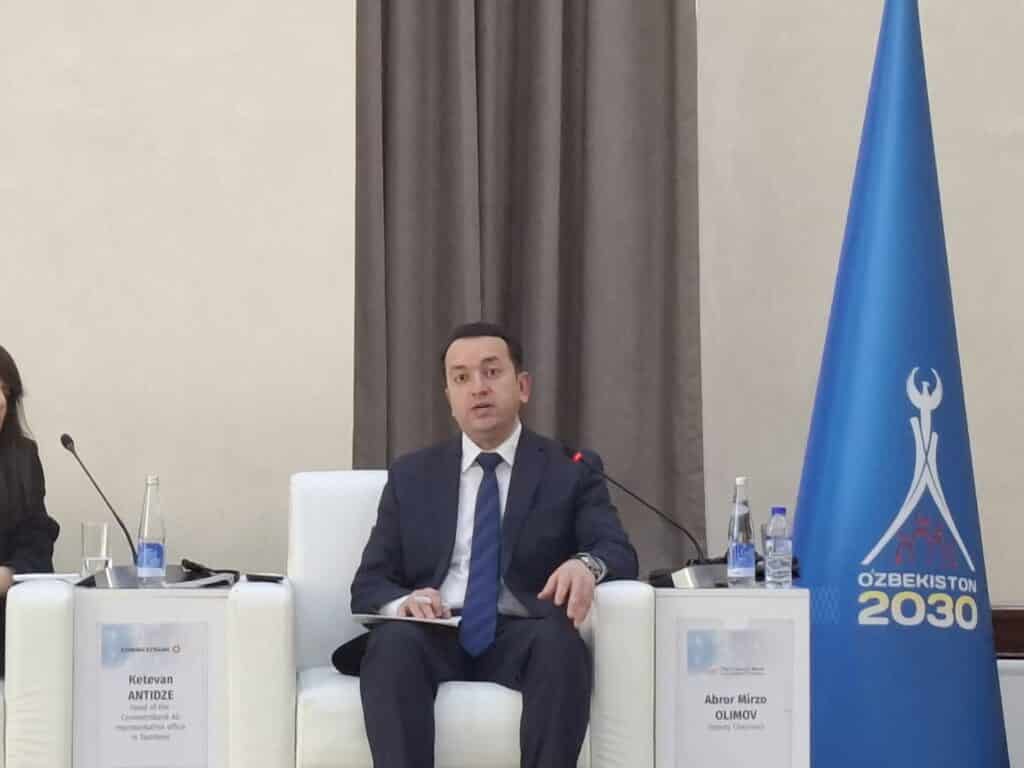
Gold as a «safe haven»
Olimov stressed that the growing role of gold is not only an Uzbekistan-specific trend.
«Globally, we see a similar trend. The share of gold in central banks’ international reserves has risen from 10% to 27% compared with 2018. In recent years, gold has regained its significance amid global economic uncertainty, tensions between countries, and political instability in some regions. When such factors are at play, investors try to hedge their assets against inflation and market volatility. In such times, gold serves as a safe haven asset, and investors always invest in gold,» he noted.
Evaluating the sufficiency of Uzbekistan’s reserves
Another part of the speech focused on the adequacy of reserves.
According to the Deputy Chairman, as of November 2025, gold and foreign exchange reserves are capable of financing 12 months of imports, which exceeds the recommended minimum of 3 months. The coverage of short-term external debt is 3.5 times higher than the minimum threshold of 100%. Additionally, the ARA EM indicator, according to IMF methodology, is 3.2 times above the minimum threshold. Reserves-to-GDP ratio stands at 32%, with the decline attributed to faster economic growth.
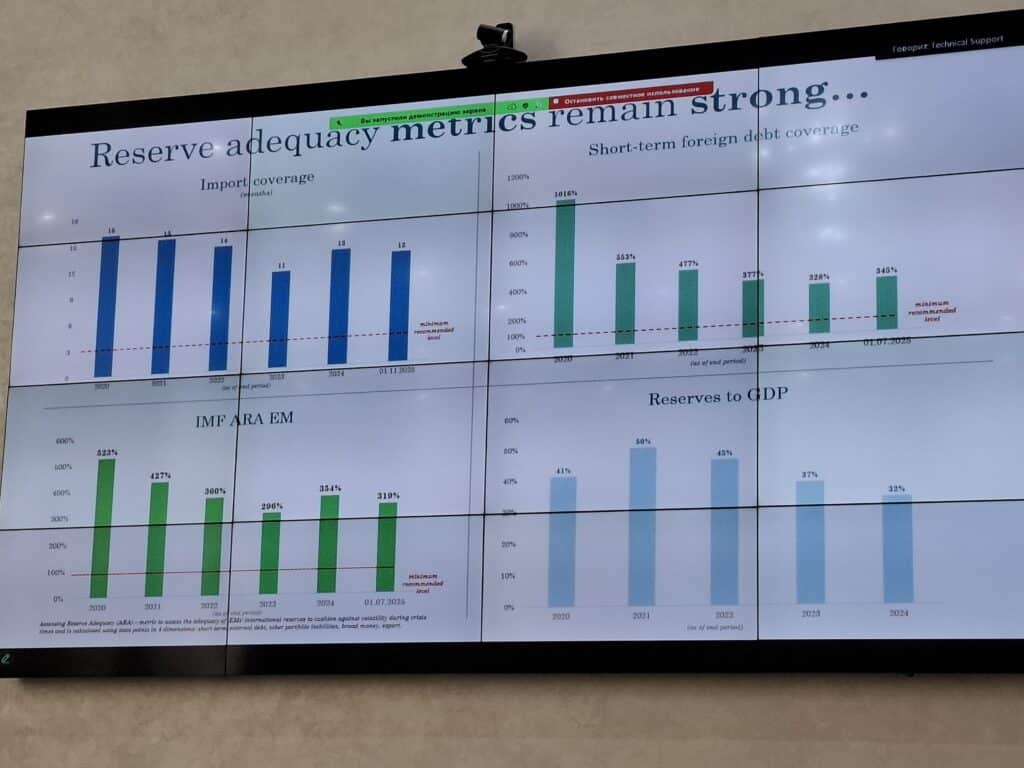
Uzbekistan’s reserves are projected to cover 12 months of imports by November 2025 / Photo: Kursiv Uzbekistan
Reasons behind the Central Bank’s investment in U.S. Treasury Bills
«When we talk about diversifying our international reserves, we usually mean converting one type of asset into another. Typically, we convert our foreign currency into fixed-income securities,» the Deputy Chairman of the Central Bank noted.
For the first time in the country’s history, the Central Bank began allocating part of its reserves to debt securities in 2024.
Initially the investment volume was $35 mln, then it was increased to $1 bn.
«We started with U.S. Treasury bills because this is the most liquid market in the world, with a deep structure, high transparency and a wide range of maturities,» Olimov explained.
He also commented on why the Central Bank invests in U.S. bonds even though the Federal Reserve is cutting rates.
«Yes, it is cutting them, but the market value of Treasury bills is rising. Therefore, when we calculate and analyse total returns, I would say that total return from market value and yield is always higher than just short-term deposits,» he stressed.
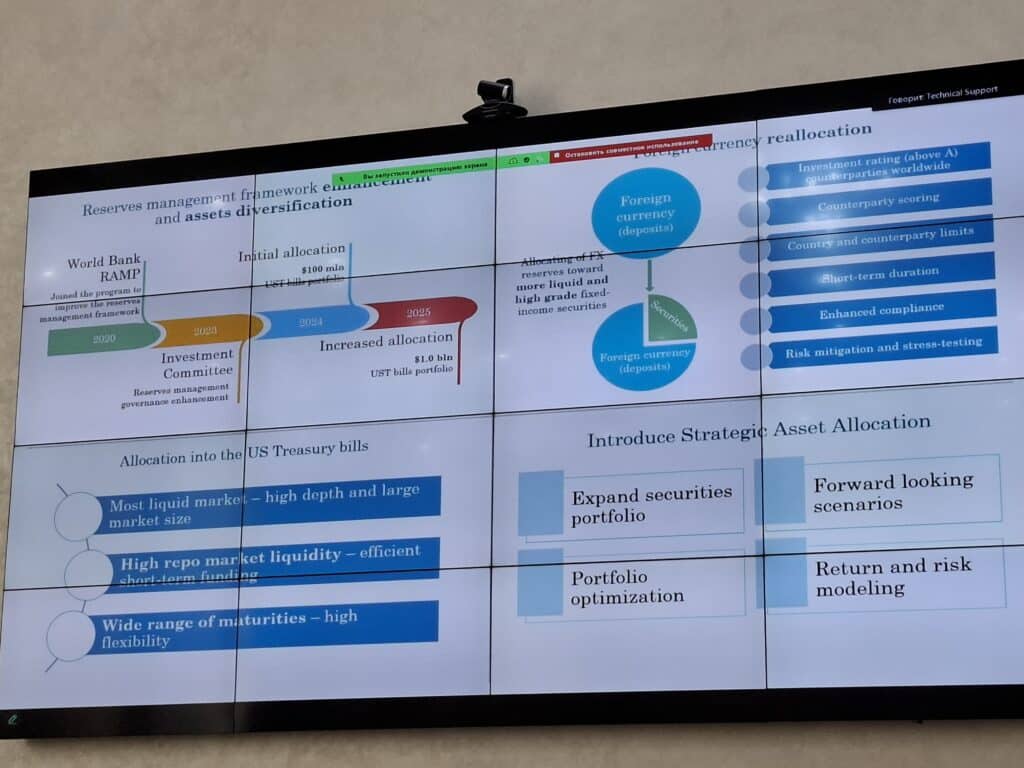
The reasons why the Central Bank invested in U.S. bonds. / Photo: Kursiv Uzbekistan
Diversification and Digital Transformation
According to Olimov, since 2020, the Central Bank of Uzbekistan has been consistently reforming its reserve management system:
- accession to the World Bank’s RAMP programme;
- establishment of an investment committee in 2023;
- start of asset diversification in 2024;
- preparation of an RFP for the introduction of a new IT system;
«There are also other types of assets, such as corporate bonds or bonds of other international financial institutions. But to invest in such bonds, we must first complete the integration of our IT system. We are working on this, and with the World Bank’s grant programme, we have already developed our RFP (request for proposals). Once we finish it, we will be able to invest in other types of assets,» he noted.
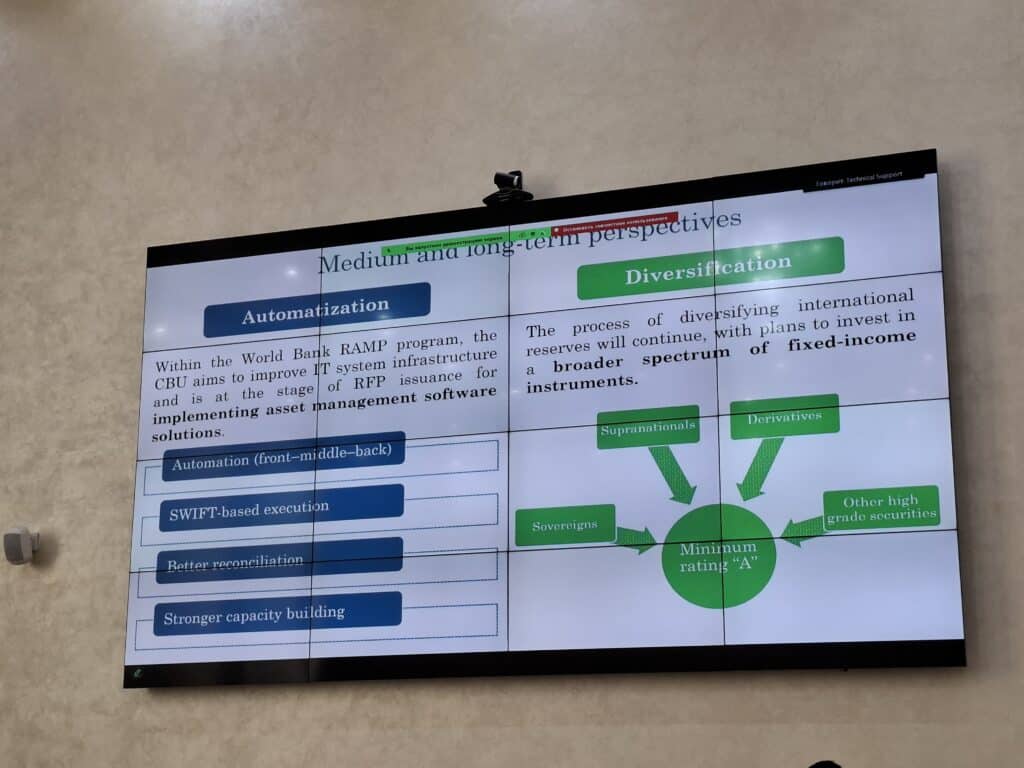
Uzbekistan is currently reforming its reserve management. Photo: Kursiv Uzbekistan
Kursiv Uzbekistan also reports that World Bank advised Uzbekistan to allow its exchange rate to float freely while using central bank interventions solely to smooth extreme swings.


